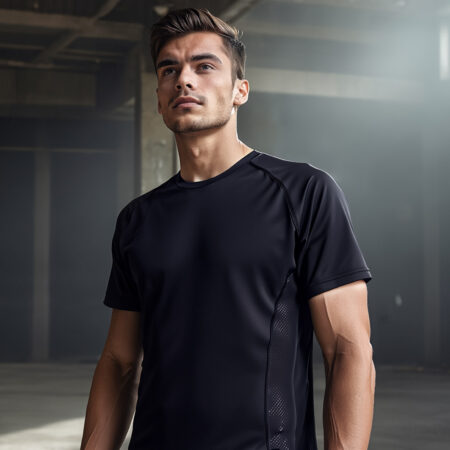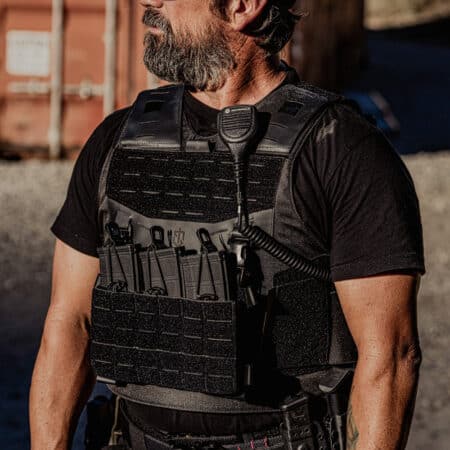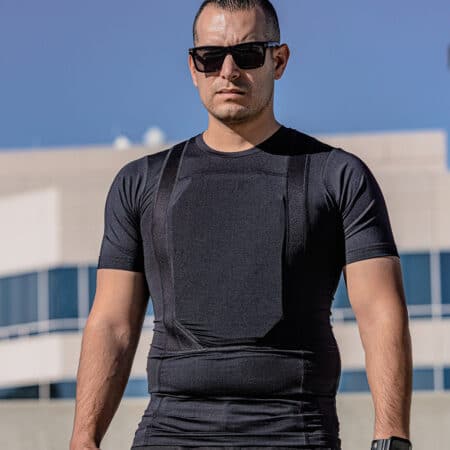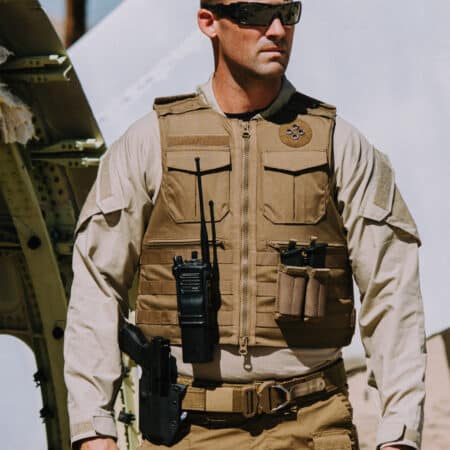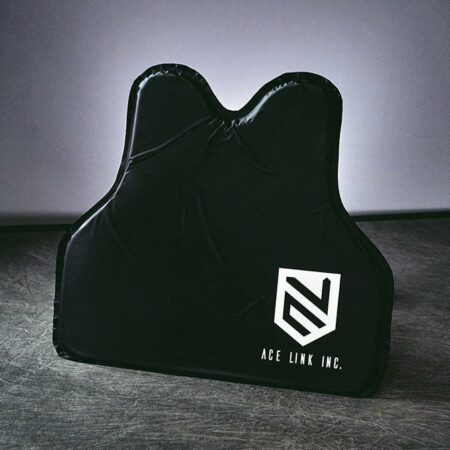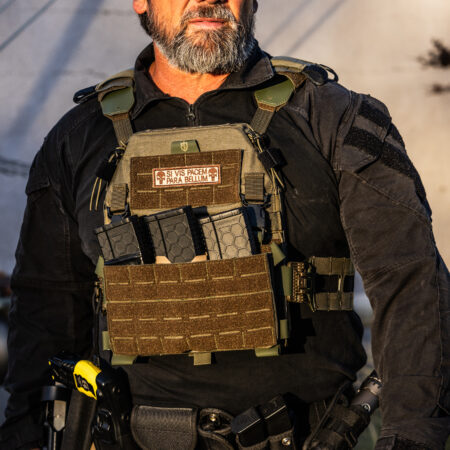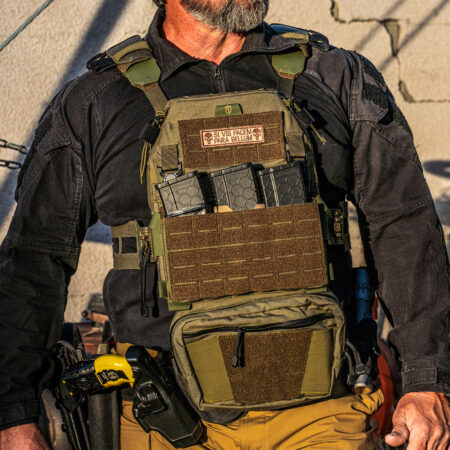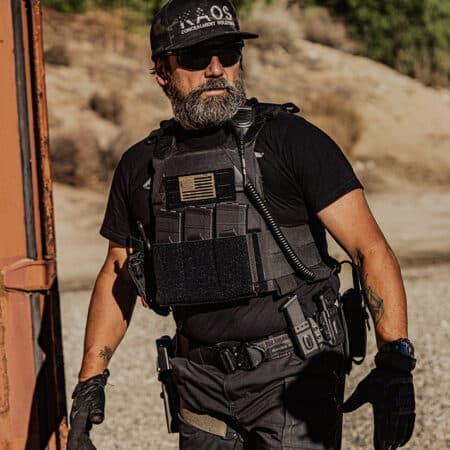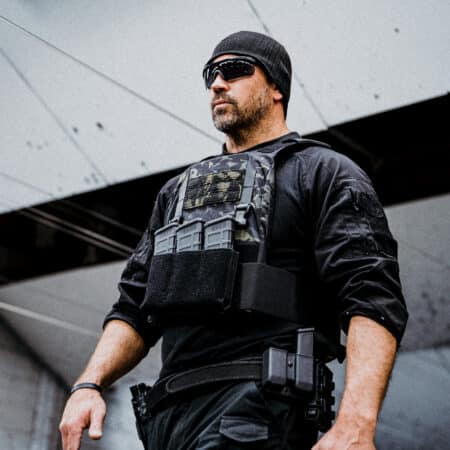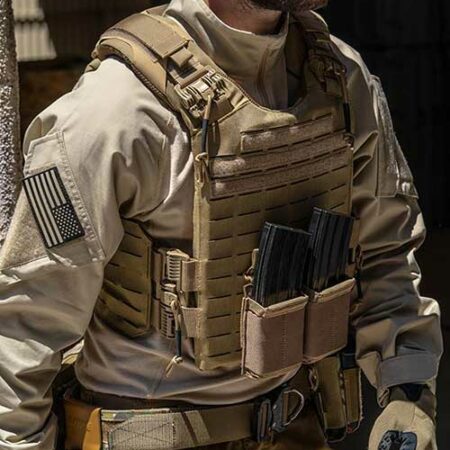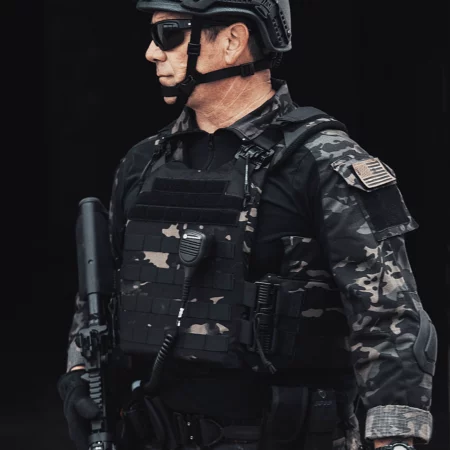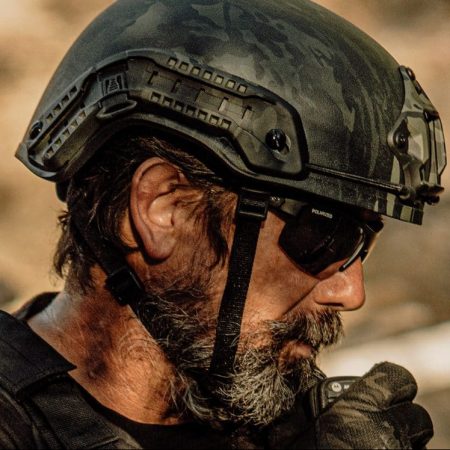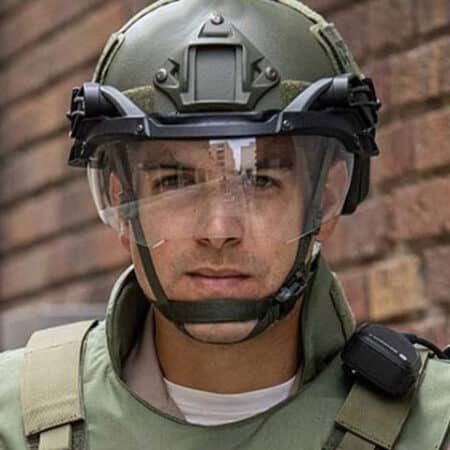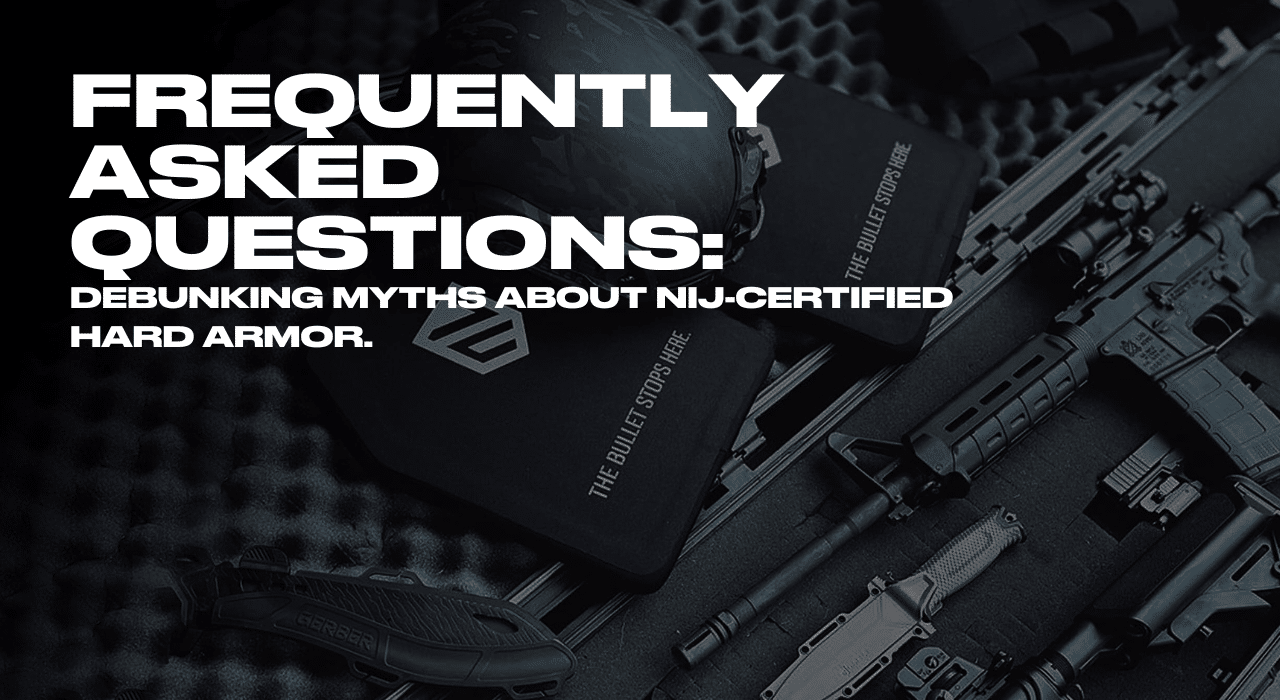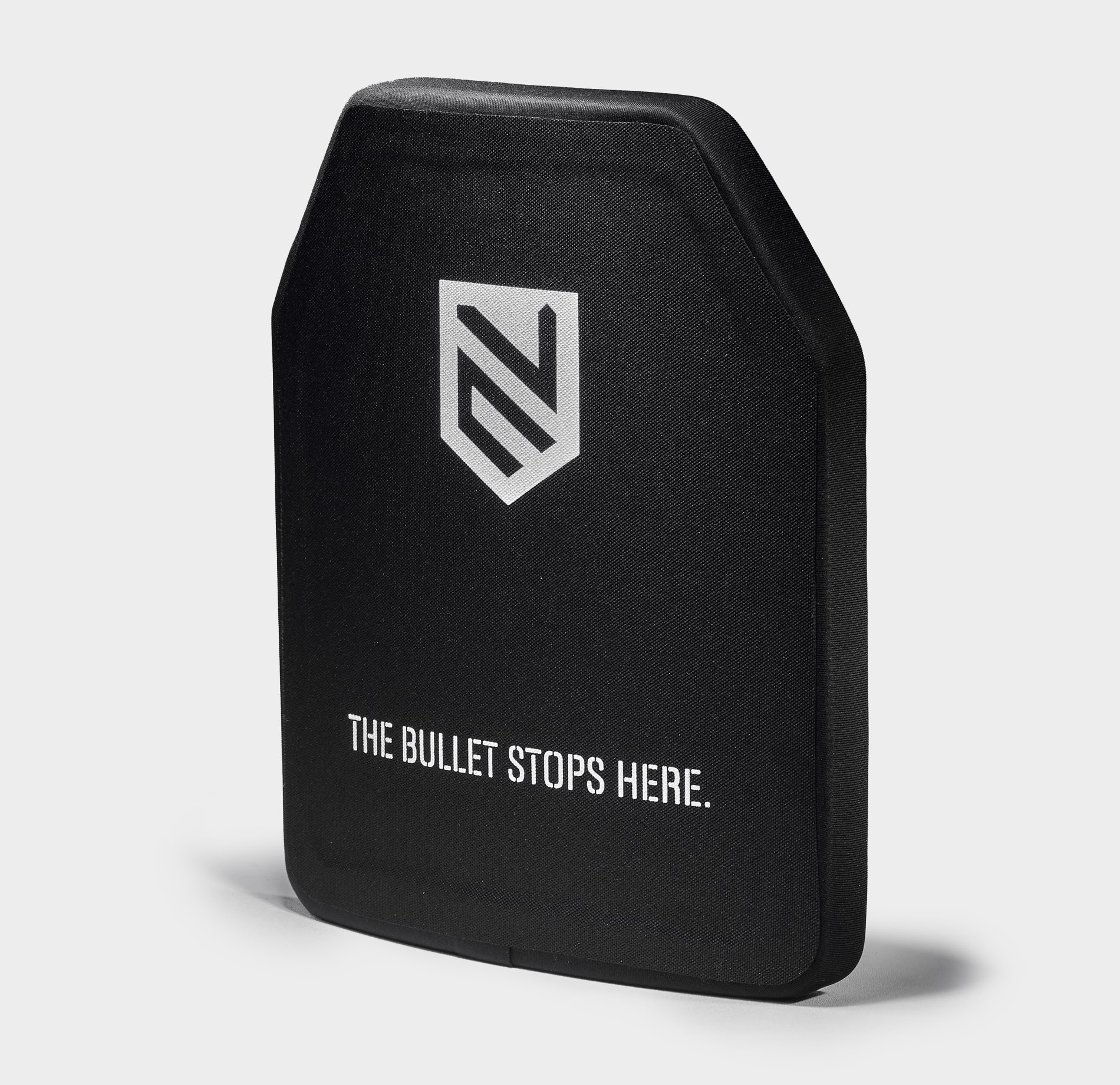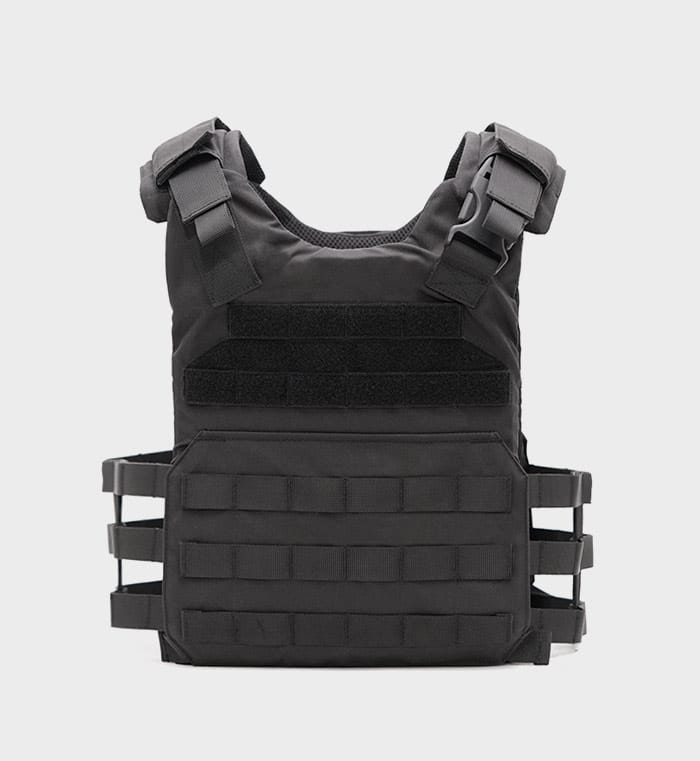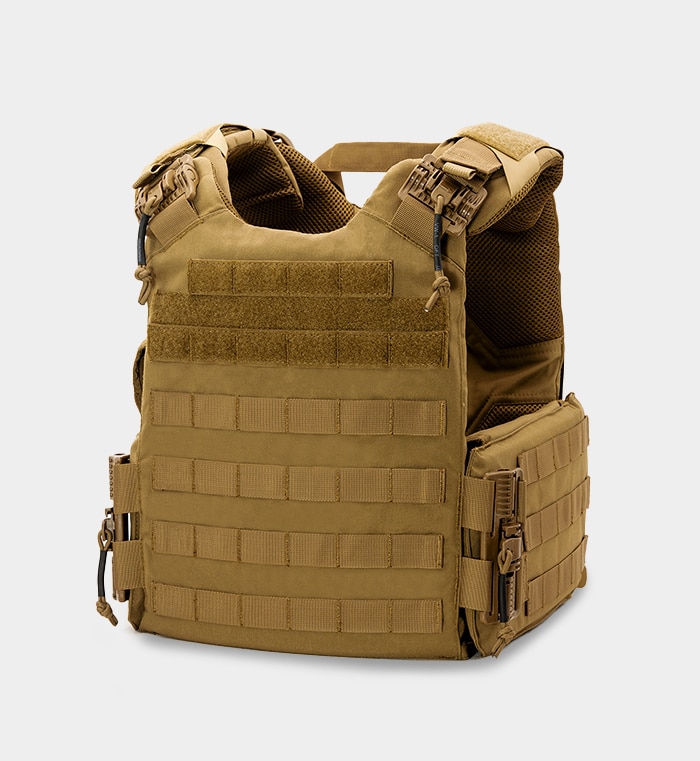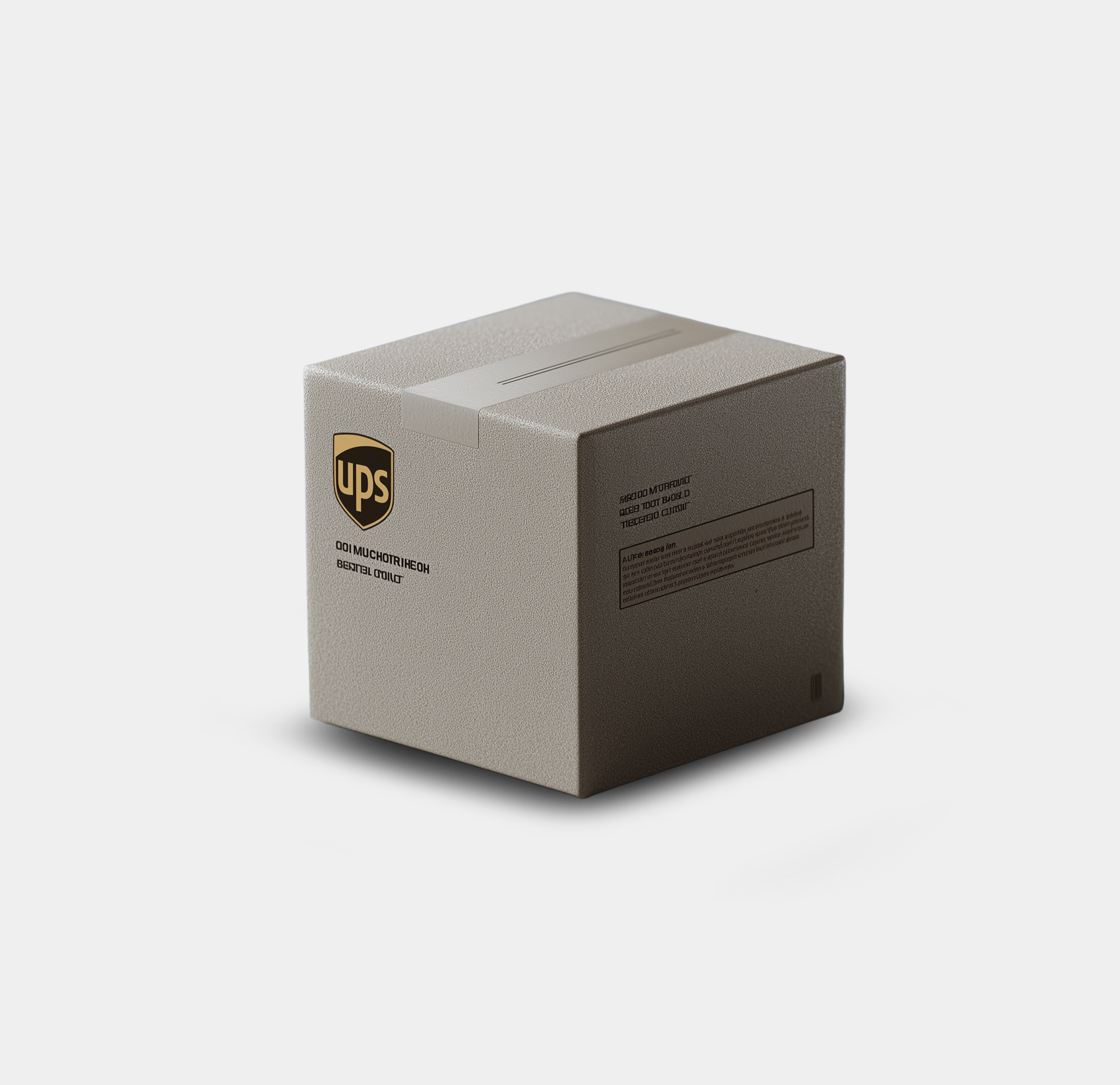- What does "NIJ Certified" mean for hard armor plates?
- How are hard armor plates tested by the NIJ to ensure their reliability?
- What are the different levels of NIJ certification for hard armor, and what threats do each address?
- How often should NIJ-certified hard armor plates be replaced or inspected for wear and damage?
- What materials are commonly used in the construction of NIJ-certified hard armor plates?
- Can civilians legally purchase and own NIJ-certified hard armor plates?
- What is the difference between NIJ-certified hard armor and soft armor?
- What kind of protection do NIJ-certified hard armor plates offer against rifle rounds?
- How do extreme temperatures affect the performance of NIJ-certified hard armor plates?
- Is there a noticeable difference between NIJ-certified and non-certified armor in real-world situations?
- How do I properly maintain and store my NIJ-certified hard armor?
- Can NIJ-certified hard armor plates stop armor-piercing bullets?
- Are there NIJ-certified hard plates designed specifically for women?
- How much do NIJ-certified hard armor plates typically weigh?
- What's the average cost of NIJ-certified hard armor plates?
- How does trauma padding work in conjunction with hard armor plates?
- Is it possible for NIJ-certified hard armor plates to experience "backface deformation" when struck by a projectile?
- Can I travel on a plane with my NIJ-certified hard armor plates?
- Links:
What does “NIJ Certified” mean for hard armor plates?
In the United States, the National Institute of Justice, or NIJ is the research, development, and evaluation agency of the Department of Justice. Among other responsibilities, the NIJ sets and regulates testing standards for body armor in the US. If the armor plates that any manufacturer makes are NIJ-certified, it means that they have been made and tested according to the standards set by the NIJ, and falls into one of the NIJ levels of Ballistic protection.
Visit our blog to read more about how to choose an armor plate that will fit your needs. Make sure you get the best bang for your dollar!
How are hard armor plates tested by the NIJ to ensure their reliability?
The National Institute of Justice has set various standard tests to determine the effectiveness of Certified plates. These include ballistic testing in both new and conditioned states, drop tests, backface deformation tests, and effects after storage. You can read the complete details of the NIJ testing standards and procedures in the official NIJ Standard-0101.06.
In the meantime, here is a short overview of how the main ballistic testing is done for different levels of NIJ Hard Armor. The sample Armor Plates selected for testing after workmanship examination has to effectively stop 6 shots from the calibers specified by the NIJ for its protection level.
Here is the detail of the specific calibers and bullet types used for the testing of different hard armor plate levels.
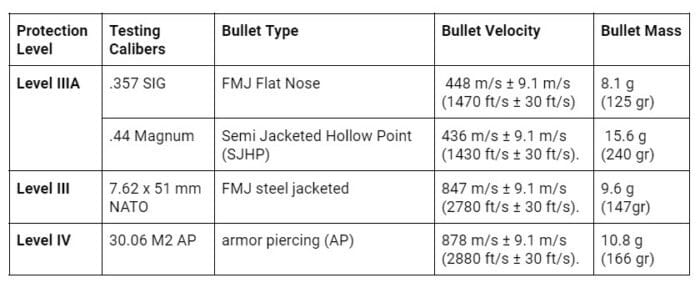
What are the different levels of NIJ certification for hard armor, and what threats do each address?
The NIJ has specified multiple levels of protection for body armor, which indicates what threats it can defeat. For hard armor plates, these are:
- Level IIIA Armor Plates – Stops handgun threats up to a .44 Magnum
- Level III Armor Plates – Stops rifle threats up to .308 Winchester, including most popular intermediate rifle rounds like 5.56x45mm AR-15 rounds, and 7.62x39mm or 5.45×39 mm AK rounds.
- Level IV Armor Plates – Stops Armor Piercing rounds up to 30.06, including smaller AP rounds like the 5.56 Green Tip rounds, and AP 7.62x51mm Nato rounds.
On our blog, you can find detailed information about NIJ Levels of protection and NIJ plans for the new version of the ballistic standard.
How often should NIJ-certified hard armor plates be replaced or inspected for wear and damage?
As far as inspection is concerned, you should at least perform a visual inspection of your armor plates regularly. Preferably, after every time you use them. Look for any signs of damage, like cracks in a ceramic plate, or specs of rust on a steel plate. For ceramic and hybrid plates you can also use testing methods like Tap tests and torque tests, to check for delamination and cracks. Here is an instruction video posted by the US Marine Corps on how to perform tap tests and torque tests for the inspection of Composite ESAPI Hard Armor Plates.
Now, let’s talk about how often you should replace your hard armor plates. Technically, Hard armor plates do have an expiration date, however, more often than not, these dates represent the expiration of their Warranty from the manufacturer.
Depending on how an armor plate is used, and how it is stored, it can last a very long time. The best route is to perform regular inspections if you use your armor plates regularly, and if not, store them in a place without too much moisture, or heat.
With regular use, the recommended time after which ceramic armor plates should be replaced is around 7 years, and for steel plates, it’s around 10 years. Obviously, if your plate is shot or damaged it should be replaced, and to stay on the safe side, you can replace the plates after the manufacturer’s warranty runs out. Still not sure how it works? Read more about what to do with expired body armor in our blog article.
What materials are commonly used in the construction of NIJ-certified hard armor plates?
Generally, three main types of materials are used for the construction of NIJ hard armor these days.
- Polyethylene (UHMWPE)
- Ceramics like Alumina and Silicon Carbide
- Steel
All these materials have their distinct pros and cons. Polyethylene plates are the lightest, and the most comfortable, however, they also tend to be more expensive and offer limited protection, level III at most. Steel plates are the most affordable, durable, and long-lasting, however, they are also the heaviest and present the risk of spalling. Ceramic armor offers a good middle ground in terms of price and offers excellent protection. Lastly, we have Hybrid plates, or composite plates which are made by combining multiple materials. Most level IV plates have a Hybrid construction, ideally with a ceramic strike face, and an Aramid, steel or Polyethylene backing.
Can civilians legally purchase and own NIJ-certified hard armor plates?
Yes, in the United States, according to federal law, there are no restrictions on the purchase, and use of body armor by law-abiding citizens, who have not been convicted of a violent crime. You can check the exact laws that explain this restriction of convicted felons in USCODE Title 18- Crimes and Criminal Procedure, Chapter 44, Sec-931.
This law also indicates that individuals convicted of violent crimes can own body armor if they have a prior certification from their employer or supervisor which declares that they require body armor for their lawful employment. For instance, if a convicted felon is working as a security guard, they can use body armor with a certification from their employer.
Some states may have certain restrictions on how body armor can be purchased and used, and it is important to research these restrictions to avoid any fines or other problems.
What is the difference between NIJ-certified hard armor and soft armor?
The main, and most important difference between NIJ-certified hard armor and soft armor is the levels of protection they provide. Soft armor is made from Aramid fibers like Kevlar, which are strong enough to stop pistol rounds, however, rifle rounds are moving way too fast for them to stop effectively. Soft armor panels are typically available in level II of level IIIA, whereas hard armor can offer level III and level IV protection.
Additionally, soft armor panels are flexible and lighter, therefore, they are obviously way more comfortable, and suitable for concealment than hard armor plates. Yet, hard armor offers significantly improved ballistic protection, against stronger calibers.
What kind of protection do NIJ-certified hard armor plates offer against rifle rounds?
Depending on their NIJ protection level, Hard Armor plates can offer exceptional protection against rifle rounds. Even level III plates can stop almost all common intermediate rifle rounds, like the ones fired from AR-15s, AK-47s, and some battle rifle rounds like the .308 Winchester.
Additionally, level IV plates can even stop heavy sniper rounds, and Armor-Piercing rifle rounds. They are tested using 30.06 Armor Penetrating rounds and can stop multiple hits.
How do extreme temperatures affect the performance of NIJ-certified hard armor plates?
Like anything else, adverse exposure to the elements, and regular use can cause some wear and tear to your NIJ-Certified hard Armor, and the effects can vary depending upon their construction materials and design.
Moisture can cause steep plates to develop rust, and damage the construction of ceramic plates as well. However, most plates do have a weather-resistant liner on them, which keeps moisture out.
Extreme temperatures can also affect the performance of hard armor plates. Freezing temperatures can make plastics like ME more brittle, which can be detrimental to their protection capabilities. Similarly, really hot temperatures can also cause certain materials to expand, which may lead to micro fractures in ceramic plates.
The weather-resistant liners of most Hard Armor plates can prevent these problems, especially if you are storing them properly, and not leaving them outside, exposed to the elements. Still, you need to make sure to inspect your armor plates regularly, and check small sights of damage.
Is there a noticeable difference between NIJ-certified and non-certified armor in real-world situations?
Yes, there is a difference between NIJ-certified and uncertified Armor Plates. The NIJ sets rigorous standards for body armor testing, which ensure the performance of Armor Plates, and categorically defines what threats a certain plate can stop, and what threats it can’t.
On the other hand, if a plate is not NIJ-certified, it doesn’t have any official certification and has not been tested by the NIJ. With uncertified plates, you are completely relying on the manufacture and whatever independent tests they have done. This is why uncertified plates should always have lab testing available from a reputable ballistic test lab. When in doubt, contact the manufacture for lab test data.
How do I properly maintain and store my NIJ-certified hard armor?
If you want to improve the longevity of your Armor Plates, you have to pay special attention to their maintenance and store them properly.
Make sure to regularly inspect your armor plates, and check for tears in their weather-resistant liner. With ceramic plates, keep an eye out for microfractures. With steel plates, look for signs of rust, especially if your plates have been exposed to the elements for extended periods of time.
Depending on how often you use your armor plates, periodically clean your plates using a damp cloth or sponge. Use a mild detergent if necessary, but avoid submerging them in water or exposing them to harsh chemicals.
When storing your plates, make sure to clean them beforehand, and get rid of any moisture. Store them in a dry place, which isn’t exposed to the elements or extreme temperatures. Store them flat, and handle them carefully to avoid damage, especially ceramic plates which can develop cracks if dropped.
Can NIJ-certified hard armor plates stop armor-piercing bullets?
Yes, but not all NIJ-certified plates. Only Hard armor plates that have a Level IV rating can stop certain armor-piercing rounds. In fact, 30.06 M2 Ap rounds are used to test level IV armor plates. Level IV plates can also stop smaller Armor-Piercing Rounds, like the 7.62 NATO AP Rounds, and 5.56 Green-Tip penetrator rounds.
Are there NIJ-certified hard plates designed specifically for women?
Yes, some manufacturers do design Hard armor plates better suited for females. These plates usually have a multi-curve design, which can be more comfortable for women. Ace Link Armor also manufactures an independently tested Multi-Curve Level III and Level IV plates designed to conform to the wearer’s body, providing a more comfortable armor solution.
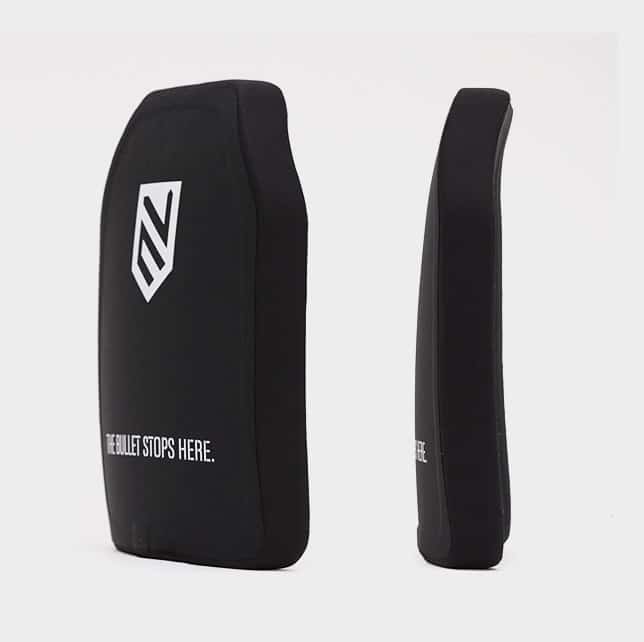
LEVEL 4 SA MULTI-CURVE ARMOR PLATE
Level 4 Multi-Curve Special Threat Armor Plate stands as a testament to the commitment to both protection and comfort. This innovative feature sets it apart from traditional flat body armor plates by offering an ergonomic shape that conforms to the natural curvature of the wearer’s body.
The carefully engineered multi-curve design serves several essential purposes. Firstly, it enhances comfort during extended wear. By mirroring the contours of the body, the plate reduces pressure points and minimizes discomfort, allowing the user to remain focused and agile even during prolonged missions.
The multi-curve design promotes better mobility and flexibility.
The streamlined shape of the plate enables a greater range of motion. It ensures that users can perform at their peak without being hindered by cumbersome armor. This is especially crucial in dynamic and fast-paced situations where quick movements and responsiveness can be a matter of life and death.
Tested Independently to NIJ standards
How much do NIJ-certified hard armor plates typically weigh?
The weight of an armor plate can depend on multiple factors, from the materials used for its construction to its size, cut, and protection level.
PE hard armor plates are typically the lightest, whereas steel plates tend to be the heaviest. In fact, the lightest Level IIIA PE armor plate from Ace Link Armor weighs only 1.1 lbs. Their Level III PE plates weigh 3.5 lbs. Level III+ Special threat composite plates from weigh around 4.5 lbs and level IV composite plates weigh around 6.9 lbs.
Ace Link Armor doesn’t offer Steel armor plates. However, they can be even upwards of 10 or 12 lbs. per plate, depending on size, cut and level.
Product Comparison

4.6 LBS.

3.5 LBS.
What’s the average cost of NIJ-certified hard armor plates?
On average, a single NIJ-certified Hard armor plate should cost you around $350-$450. So you can expect to spend about $950-$1200 on a complete setup, with plates, and a decent plate carrier.
However, you can obviously get plates that move outside this price range. There are several factors that can contribute to the price of an Armor Plate. These include costs for Manufacturing Materials, testing, research, retail markup, brand recognition, and cost for additional features.
Product Comparison
How does trauma padding work in conjunction with hard armor plates?
Some of the best hard armor plates come with dedicated trauma padding. This can help with impact absorption, and improving comfort.
Hard armor plates are designed to stop large rifle calibers, which have a lot of stopping power. Even when the bullet is stopped, the impact force alone can be enough to break ribs and cause injuries. Trauma padding allows your armor plates to absorb this energy more effectively by dispersing it through the soft padding.
Additionally, the padding also makes the plates much more comfortable to wear. Especially when you are using a minimalist plate carrier that doesn’t have any padding of its own.
Is it possible for NIJ-certified hard armor plates to experience “backface deformation” when struck by a projectile?
Yes, Backface Deformation is an inevitable phenomenon that all Hard armor plates, and even soft armor panels are exposed to regardless of whether they have an NIJ-Certification to not. Backface Deformation refers to the change an Armor Plate experiences when it is struck by a bullet. The term is also used to describe the effect of a bullet transferring its kinetic energy into an armor plate.
However, it is unlikely that a hard Armor plate will face backface deformation when shot at with small calibers. Usually, Backface deformation is caused by large calibers that test the limits of your Armor Plate. For instance, an NIJ Level III Plate probably won’t face any noticeable backface deformation when shot with pistol calibers. In fact, even small rifle rounds may not do too much damage. However, if you shoot it with a .308 caliber bullet, or perhaps something like 6.5 Creedmoor, the plate will definitely experience some backface deformation.
To mitigate this effect, some manufacturers also incorporate trauma pads in their armor plates, which can be quite helpful.
Can I travel on a plane with my NIJ-certified hard armor plates?
In short answer, Yes, you can travel on a plane with your NIJ-certified hard Armor plates. You can travel with any other form of body as well as armor for that matter. However, things aren’t that simple.
For domestic flights, the TSA generally allows you to have body armor in your luggage. However, it will have to be checked through an X-ray machine like all of your Luggage. If the body armor raises any suspicions, the TSA agent performing the check has the complete authority to stop you from taking your body armor on the flight.
Ideally, you should also check with the Airline beforehand. Also, make sure to keep the Body armor laws of your destination in mind. As a law-abiding citizen, you shouldn’t have any problems with the possession of armor in any part of the US. However, some states can have local restrictions regarding where you can wear body armor.
As far as international travel is concerned, traveling with body armor can be a lot more complicated. Firstly, you need to know about the body armor laws of the country you are visiting. Moreover, to travel overseas with any military or defense-related tech or gear like body armor, you have to comply with the Export Administration Regulations and International Traffic in Arms Regulations employed by the US Government.
Links:
https://www.ojp.gov/pdffiles1/nij/223054.pdf
Marine Corps Tap and Torque Tests for E-SAPI plates
https://en.wikipedia.org/wiki/Export_Administration_Regulations
https://en.wikipedia.org/wiki/International_Traffic_in_Arms_Regulations



